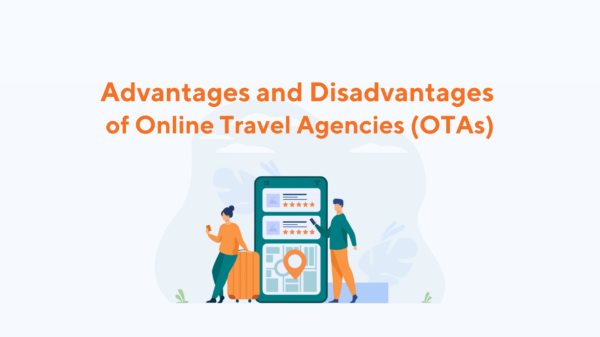There’s no denying that social media changed customer service, giving customers and brands unprecedented access to each other. But even as customers got used to being able to reach companies with the ease of 140-character message, they also started to spend more time on private communication platforms.
For the first time, private messaging apps have overtaken social networks. Services like LINE, WhatsApp and Facebook Messenger are growing, and their private nature precludes the immediate business-to-consumer access that social networks offer. Still, brands don’t want to be left out in the cold, and customers want the convenience of immediate access.
Enter chatbots, a technology that the travel industry has been quick to embrace.
The rise of the robots
Have you ever asked Siri, Alexa, Cortana or Google Now to help you with something? If so, you already have some idea what chatbots can do.
Most chatbots aren’t quite as advanced as those example. Virtual assistants on your phone are designed to help with every possible part of your life, while most chatbots can only help with a few specific things. But the idea is the same: you ask a question or make a request, then the bot finds you an answer or a solution.
Ideally, chatbots interact like people. They understand our questions, they can keep up with our lateral thinking, and they might even have an artificial sense of humor. Artificial intelligence (AI) lets them think, natural language processing lets them understand the complexities of communication, and deep learning lets them gather contextually useful information from different sources.
State-of-the-art chatbots might have all of those features, but they aren’t typical. Less advanced bots can be as simple as interactive flowcharts, directing users to answers that match criteria selected from multiple choices.
Most chatbots can be found on services like Facebook Messenger, Slack and SMS. Some companies build their own chatbot apps or websites, but that can get in the way of one of the technology’s biggest advantages: being available on the platforms your customers already use.
Here’s David Marcus of Facebook discussing the rise of chatbots on his platform:
Chatbots invade the travel industry
Chatbots aren’t a new technology (the best known chatbot, ELIZA, was created in 1964), but they’ve seen an aggressive surge of popularity since Facebook introduced chatbot support to Messenger in April 2016. The travel industry has only just begun exploring their potential to improve the customer experience.
Most companies currently use chatbots for customer service. They have some advantages over human customer service agents: they’re quick to use, they won’t forget details, they’re available at all hours, and they can stay engaged with customers over long periods of time.
Expedia is an early adopter of chatbot technology. Last year, it launched a hotel search chatbot through Facebook Messenger and an integration for Amazon Alexa. A short time later, the company launched a Skype chatbot that can help users manage their itineraries, book their hotels and connect directly with a live agent as needed.

Other travel bots, like Sam and ETA, are designed to offer more comprehensive assistance. They offer recommendations for restaurants and attractions, keep an eye on traffic, track users’ itineraries, and arrange flights. Some, like Carla, even help businesses keep their employees’ travel policy-compliant.
We can expect to see the selection of chatbots grow. There are already over 34,000 of them on Facebook Messenger alone, and the possibilities are nearly endless. Hotels can use them to manage customer requests, room service management and questions about amenities. Airlines can use them to share information about delays, handle queries about upgrades, and make check-ins a breeze.
As for tour operators, chatbots could handle questions about the weather, itineraries, what to bring, and more, bringing complicated information from FAQs, tour listings, and customer accounts together in one location.
Your own, personal robot
If you’re sold on the idea of chatbots and want one for your tour company, take a step back for a moment. First, there are some questions you should ask yourself. Chatbots aren’t practical for every business, and they can be expensive to set up and maintain.
If you want to make your own chatbot, Chatbots Magazine has a guide that breaks down some of the main considerations you’ll need to address. Once that’s out of the way, you can start shopping around for a chatbot platform. If you’d prefer to work with a tech firm that specializes in chatbots, Chatbots.org maintains listings of companies in that industry.






